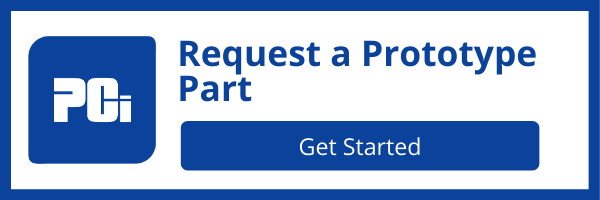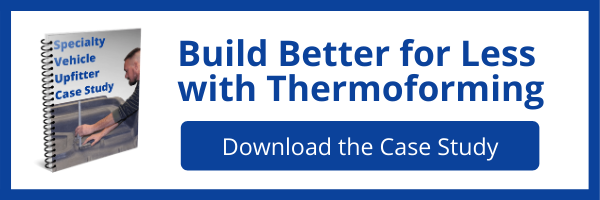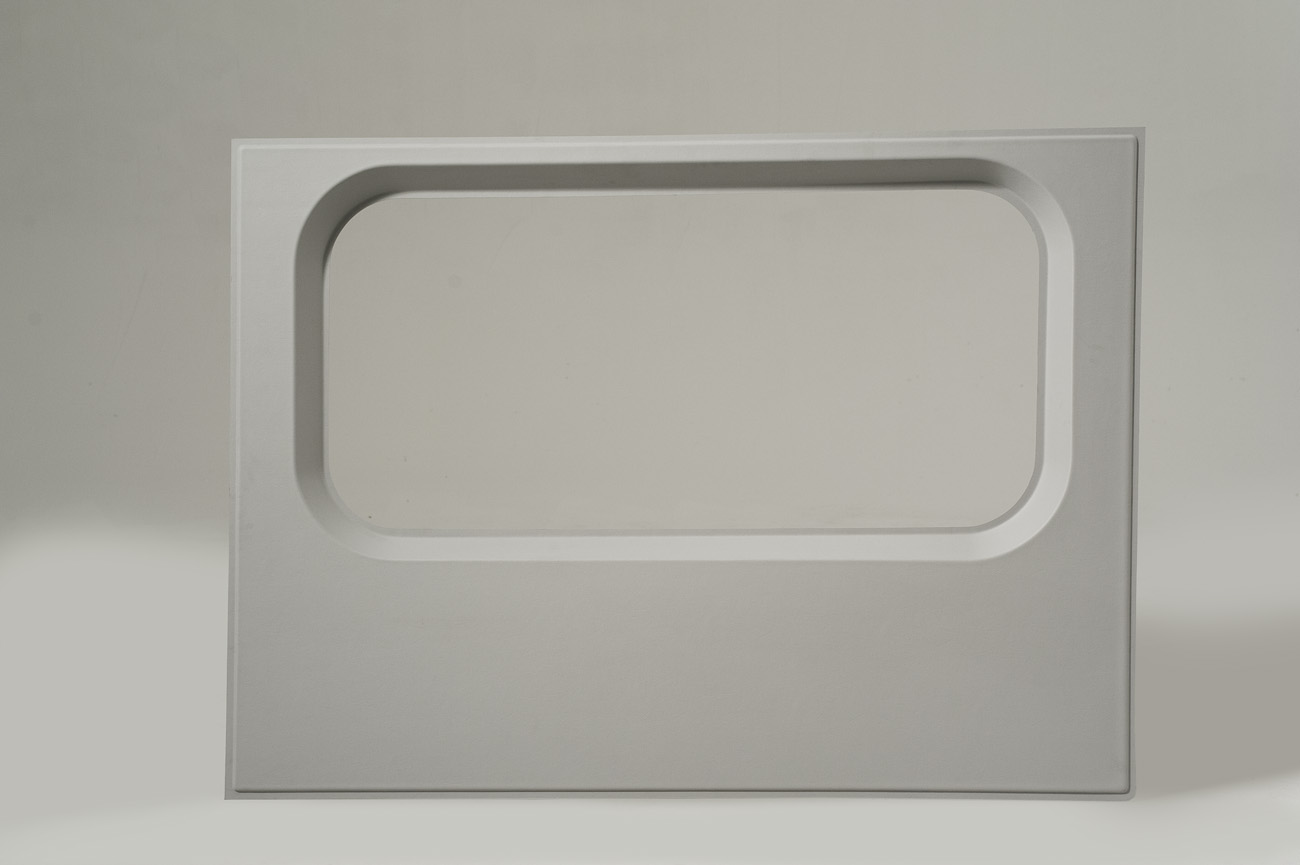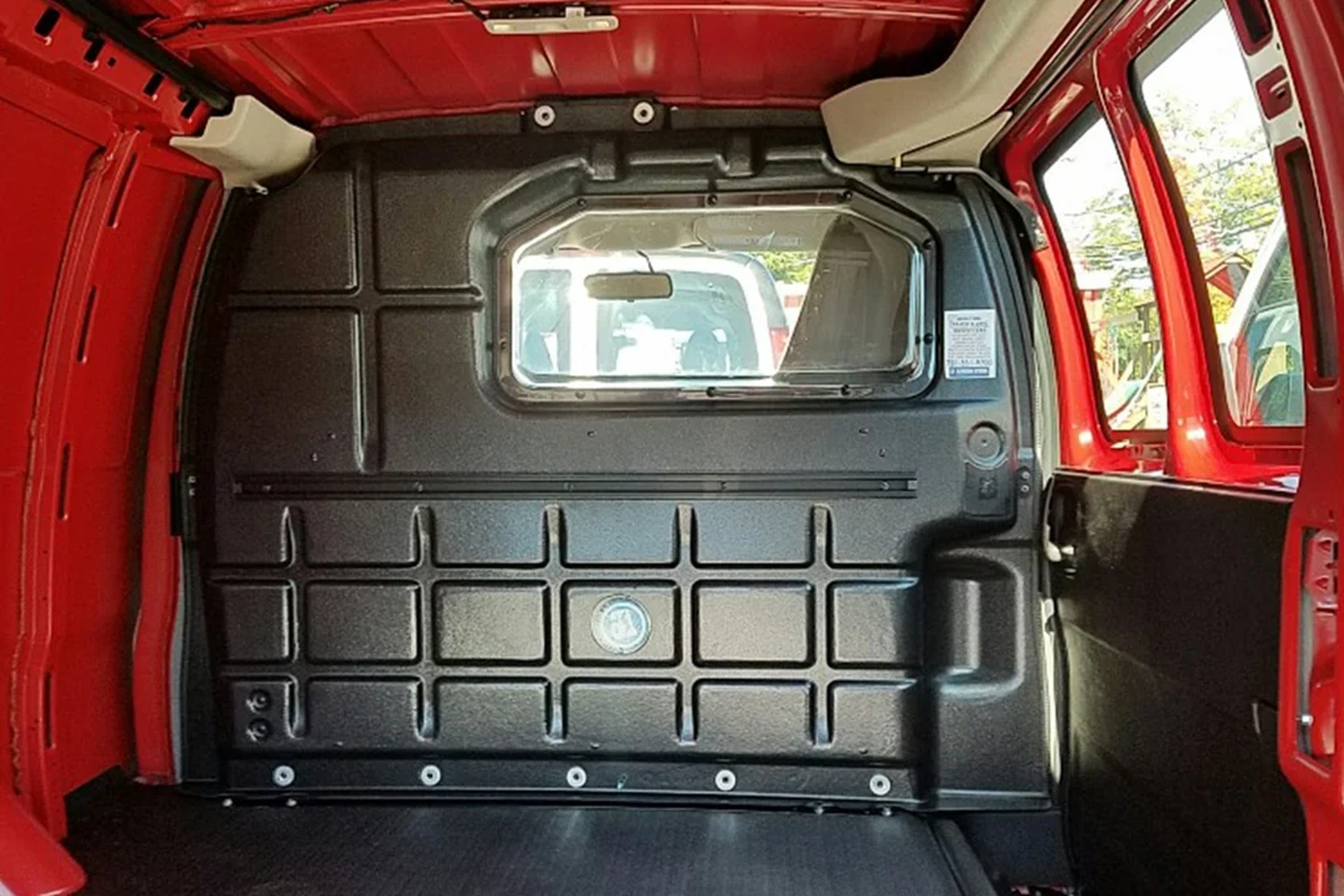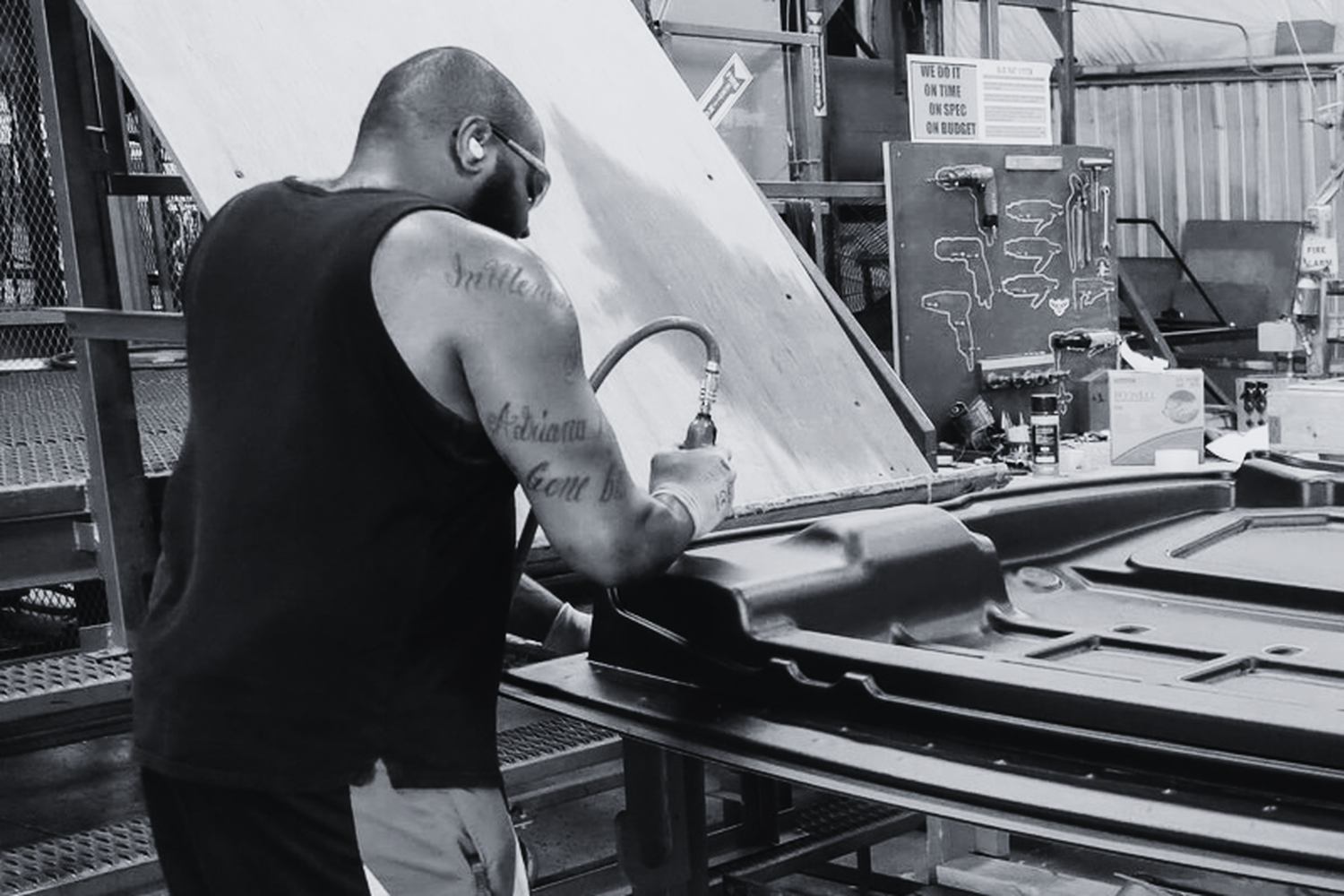Replacing Metal Parts with Thermoformed Plastic Parts: Part 1
The discussion and debate has been going on since the beginning of modern plastics fabrication—metal versus plastic?
It’s a discussion many end-users and plastic part manufacturers still have with suppliers and customers. However, today, there is a greater level of knowledge and technical sophistication brought to it.
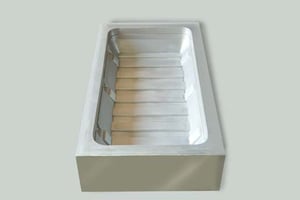 Better Materials
Better Materials
Advances in materials and processes and changes in customer and industry needs have closed many of the physical property, application, and performance gaps between metal and plastic.
Today, with rising commodity prices and supply chain challenges, it is imperative for companies to investigate new ways to remove costs and add value for their customers.
With PCI’s years of experience as a guide, it is easier than ever to capitalize on the inherent advantages of thermoforming and convert your metal parts to plastic quickly.
For an increasing number of applications, plastic thermoformed parts can effectively compete with metal parts made from various forming processes, including manual sheet metal fabrication, metal stamping, and die pressing.
The most common sheet metal material is steel, although aluminum, tin, and other materials are also used. Most sheet metal raw material is supplied in a sheet thickness or gauge between 0.006 in. and 0.250 in.
Sheet metal forming is a relatively low-cost process for parts with simple designs such as single-directional bends. As part complexity increases, however, the fabrication process requires additional steps, such as cutting, bending, and stretching, to meet the design specifications.
Better Designs
Some designs may require multi-part assembly accomplished by welding, bonding, riveting, fastening, or a crimped seam. As multiple steps begin to accumulate in metal fabrication, thermoplastic thermoforming becomes an effective alternative enabling a reduction in parts, labor, cycle time, and costs.
Compared to stamped metal parts, thermoforming also offers the advantage of significantly shorter lead times to production and lower tooling costs. A thermoforming tool used in vacuum or pressure-forming processes comprises a single male tool.
Depending on the application, required tolerances, and expected production run, the tool can be made from steel, aluminum, or various polymer-based tooling materials, usually in six weeks or less. Cost savings for a thermoforming tool compared to a metal two-cavity press or die tool can exceed 50 percent.
Better Process
The most common type of thermoplastics forming process used in metal replacement applications is referred to as “heavy gauge” forming, a process with which PCI has years of expertise in designing and manufacturing parts for clients in automotive, electronics, and other industries. Heavy gauge forming refers to a broad class of thermoplastic sheets ranging in thicknesses from 0.060 in. to 0.50 in.
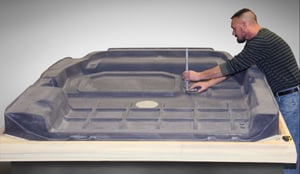 PCI has the capability to use both vacuum-forming and pressure-forming processes for metal-to-thermoplastic part conversion. In vacuum forming, a thermoplastic sheet is secured over the mold.
PCI has the capability to use both vacuum-forming and pressure-forming processes for metal-to-thermoplastic part conversion. In vacuum forming, a thermoplastic sheet is secured over the mold.
The sheet is heated to its forming temperature, and the air is evacuated from the mold, pulling it onto the mold surface. The mold is cooled, the formed part is removed from the mold, and CNC trims to the part specifications.
The plastic sheet is secured above the mold and heated to its forming temperature in the pressure-forming process. Air pressure is applied above the mold and vented below, pushing the “A” surface or visible side of the plastic sheet against the mold surface. The applied pressure provides tighter radii, similar to an injection molded part.
The pressure also delivers a consistent surface finish from part to part while allowing the flexibility to introduce paint film, surface texturing, and other decorative elements into the part. For this reason, pressure forming is usually the choice for parts and components with surface aesthetic requirements.
PCI can assist customers by converting a metal part to a thermoplastic process that will meet their engineering and performance specifications for their specific part.
For clients looking to capitalize on the benefits of metal-to-plastic conversion, PCI can guide them through the best options for design, tooling and fixture configurations, material selection, and decorative and aesthetic features in a single turnkey process.
Contact us if we can help you convert your metal parts to thermoformed plastic parts!